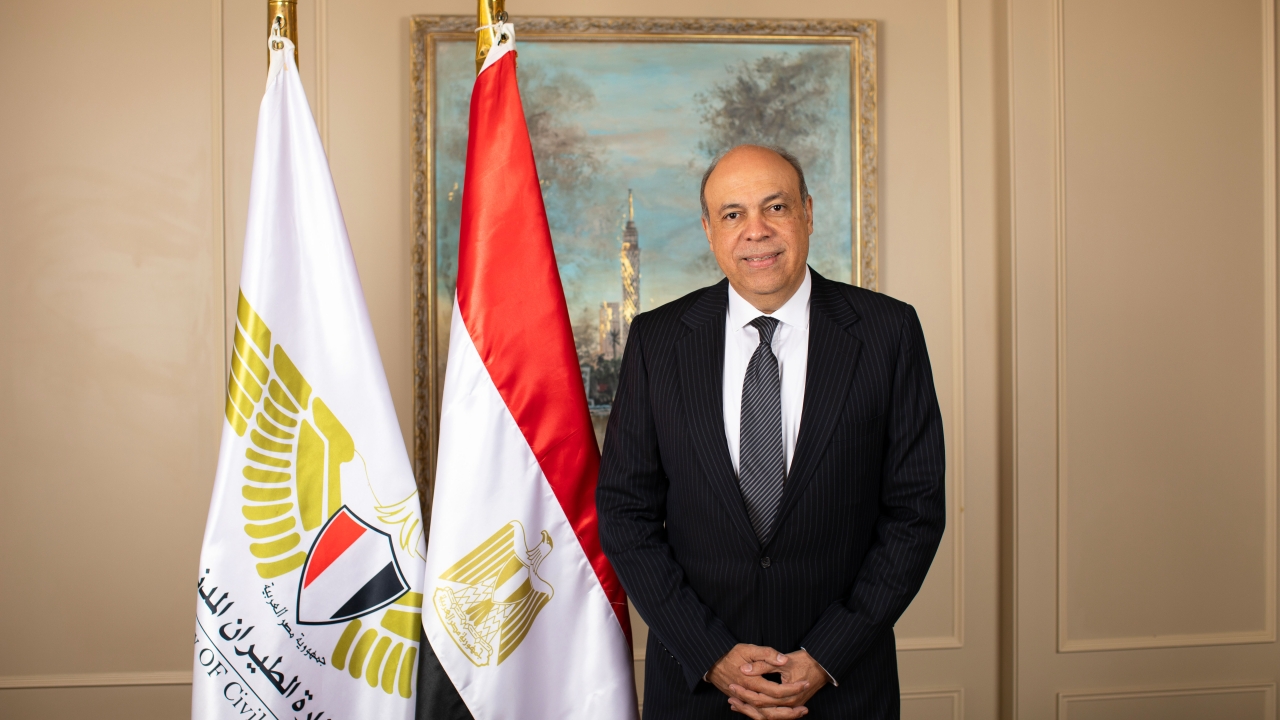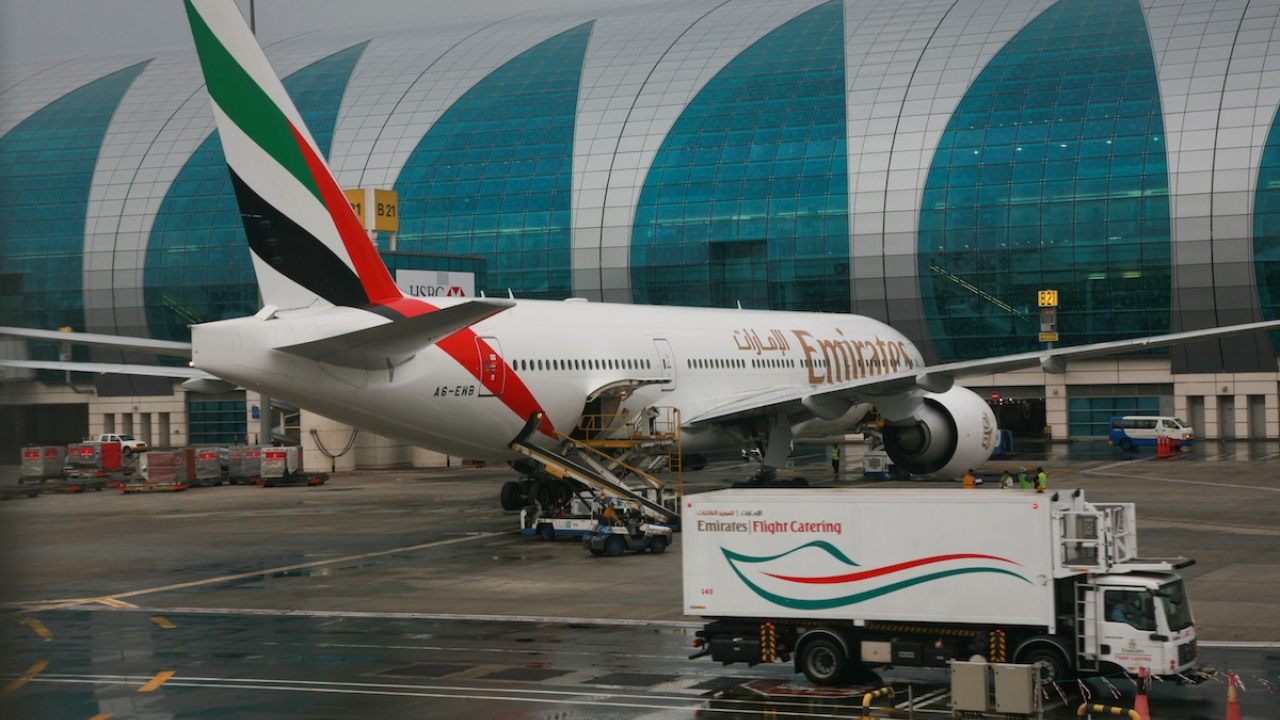Next Steps for Egypt’s aviation plans
Egypt is aggressively pursuing ambitious expansion plans for its airport infrastructure and airlines.

Minister of Civil Aviation, Sameh El-Hefny. Image credit: Egypt’s Ministry of Civil Aviation.
As the inaugural Egypt International Airshow takes centre stage this week, the country aims to bolster inbound tourism and establish Cairo as a regional aviation hub.
Minister of Civil Aviation, Sameh El-Hefny, highlighted the government's unwavering commitment to attracting more tourists and aviation traffic to Egypt. He emphasised the strategic importance of encouraging tour operators and private airlines to significantly increase their airline seats, underscoring the potential for substantial growth in the sector. With 14 existing airlines, Egypt is actively incentivising further expansion within the region.
To accommodate this anticipated growth, Egypt is investing heavily in modernising and expanding its airport infrastructure. The government's plans include:
Alexandria's Borg El Arab Airport: Expanding capacity from 1.2 million to 6 million passengers annually through the addition of a second terminal.
Sphinx International Airport: Transforming this airport into a regional hub for day trips from Red Sea resorts, attracting tourists with its proximity to the Pyramids and the Grand Egyptian Museum. The airport has already doubled its hourly passenger capacity to 900.
El Alamein Airport: Expanding capacity to 400 passengers per hour to cater to the growing tourism demand in this emerging destination.
Minister El-Hefny recently visited El Alamein Airport to assess its operations and welcomed the launch of services by Saudi Arabian low-cost carrier flynas. The airport's strategic location and development efforts are positioning it as a key gateway for international travellers.
Egypt's aviation industry is experiencing a remarkable surge, driven by strategic expansion plans and a focus on enhancing connectivity. "The ambitious target of increasing overall airport capacity to 72.2 million passengers annually by 2025, from 66.27 million in 2023, demonstrates the country's unwavering commitment to growth and development in the aviation sector," said El-Hefny.
Egypt is spearheading efforts to enhance regional air traffic efficiency and connectivity. By exploring the integration of neighbouring Flight Information Regions (FIRs), including South Sudan, Saudi Arabia, and Jordan, Egypt aims to streamline operations and optimise airspace utilisation.
Egypt's commitment to expanding its aviation footprint in Africa is evident. "The country has witnessed a surge in traffic between its airports and other African destinations, with EgyptAir serving 26 destinations across 21 African countries,” El-Hefny stated. “The airline's ambitious expansion plans target reaching 32 airports in 30 African countries by 2028."
EgyptAir’s strategic expansion into Africa aligns with the government's broader vision. The national carrier's hybrid subsidiary, Air Cairo, is poised to play a pivotal role in penetrating deeper into African markets, offering flexibility and tailored services.
Egypt's rich aviation heritage and expertise extend beyond domestic operations. The government is actively seeking to collaborate with African countries in various fields, including training and knowledge sharing.
"The Egypt International Airshow serves as a catalyst for the aviation industry, attracting global participants and fostering innovation," El-Hefny explained. As El Alamein emerges as a prominent tourist destination, the government is considering rebranding the event to the El Alamein Airshow, further elevating its profile and promoting the region's tourism appeal.
Stay up to date
Subscribe to the free Times Aerospace newsletter and receive the latest content every week. We'll never share your email address.

